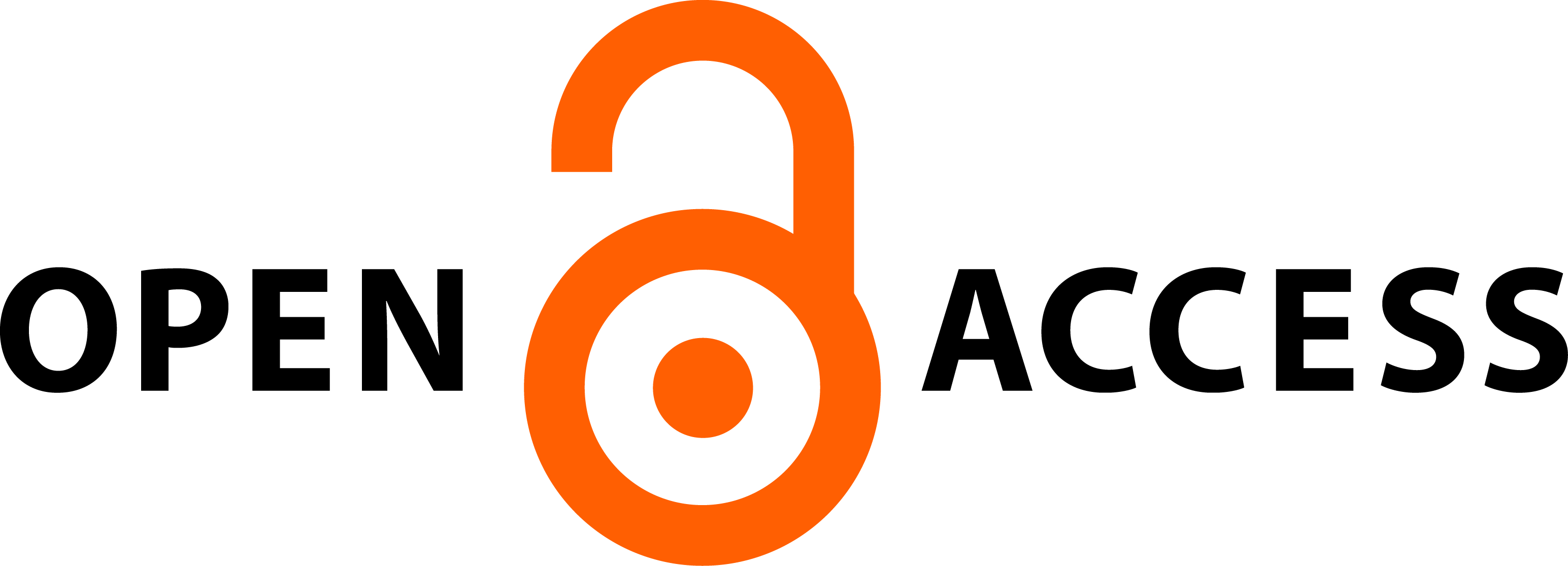AZ ÉSZ ÉS AZ ELME KONCEPTUALIZÁCIÓJA AZ ÓMAGYAR KORBAN
Absztrakt
Cikkem témája az ész ómagyar kori konceptualizációjának részleges rekonstruálása 23 kódex adatai alapján. Ez a téma egy részcél, és egy hosszabb távú kutatás fontos eleme; amely pedig az elme konceptualizációjának végigkövetése az írásbeliség kezdeteitől napjainkig. A fogalom alakulásának felvázolásához elengedhetetlen az ész mint rokon értelmű szó vizsgálata, így az első szakaszban az elme ómagyar kori adatait elemeztem (lásd Szabó 2021), s ezután e két szó összehasonlítására térek át. A vizsgálatot később kiterjesztem az összes digitálisan elérhető nyelvemlék szövegére is. Tanulmányom célja nem csupán az, hogy egyetlen szó konceptualizációjára fényt derítsek, hanem hogy a diakrón metaforavizsgálat eredményei által közelebb jussunk a konceptualizációs folyamatok megismeréséhez, és olyan, általánosabb következtetéseket is levonhassak a fogalom alakulásából, amelyek a kognitív nyelvészetet gazdagítják. A tanulmányban röviden összefoglalom az elméről végzett eddigi kutatásaim eredményét, majd a metaforikus kifejezések elemzése után azzal foglalkozom, hogy az ész szó metaforái az elméhez képest milyen hasonlóságokat és milyen különbözőségeket mutatnak. Az összehasonlítás eredményeként látni fogjuk, hogy a szinonimák közötti kölcsönhatások itt is működésbe léptek: az elme számos leképezéssel rendelkezik, amelyeknek nincs túlságosan sok előfordulása, viszont annál változatosabbak; az ész szónál ezzel szemben kiugróan magas egyetlen leképezésnek az előfordulása, s ez leszűkíti ugyan a szó használatát és jelentéseit, ám biztosítja annak fennmaradását az elmével szemben.
Hivatkozások
Borbás Gabriella Dóra. 1998. A szinonimitás elméleti szempontból (Lexikai szinonimika). In A szinonimitásról: Segédkönyvek a nyelvészet tanulmányozásához I. 44–49. Budapest: Tinta Kiadó.
EWUng – Benkő, László főszerk. 1992. Etymologisches Wörterbuch des Ungarischen. Budapest: Akadémiai Kiadó.
Kövecses, Z. – Szelid, V. – Nucz E. – Blanco-Carrion O. – Akkök, E. A. – Szabó R. 2015. Anger Metaphors Across Languages: A Cognitive Linguistic Perspektive. In Heredia, R. – Cieslicka A. (eds.), Bilingual Figurative Language Processing. Cambridge University Press.
Langacker, Ronald W. 1990. Concept, Image, and Symbol: The Cognitive Basis of Grammar. Berlin–New York: Mouton de Gruyter.
Ómagyar Korpusz. 2013. É. Kiss Katalin; Bácskai-Atkári Júlia; Blaho Sylvia; Dékány Éva; Egedi Barbara; Farkas Judit; Hegedűs Veronika; Kacskovics-Reményi Andrea; Kántor Gergely; Novák, Attila et al. http://omagyarkorpusz.nytud.hu/ (2022. jan. 28.)
Szabó Réka. 2021. Az elme metaforái az ómagyar kori szövegemlékekben. Argumentum (17): 795–806. https://argumentum.unideb.hu/2021-anyagok/kovecsesz_kulonszam/ KESZ/39_szabor.pdf
TESz. – Benkő László szerk. 1967–1976. A magyar nyelv történeti-etimológiai szótára I–III. Budapest: Akadémiai Kiadó.
Úesz. – Gerstner Károly szerk., előkészületben. Új magyar etimológiai szótár. http:// uesz.nytud.hu/
WOT – Róna-Tas, A. – Berta, Á. 2011. West Old Turkic. Turkic Loanwords in Hungarian. Part I: Introduction, Lexicon „A–K”. Wiesbaden: Harrasowitz Verlag.








